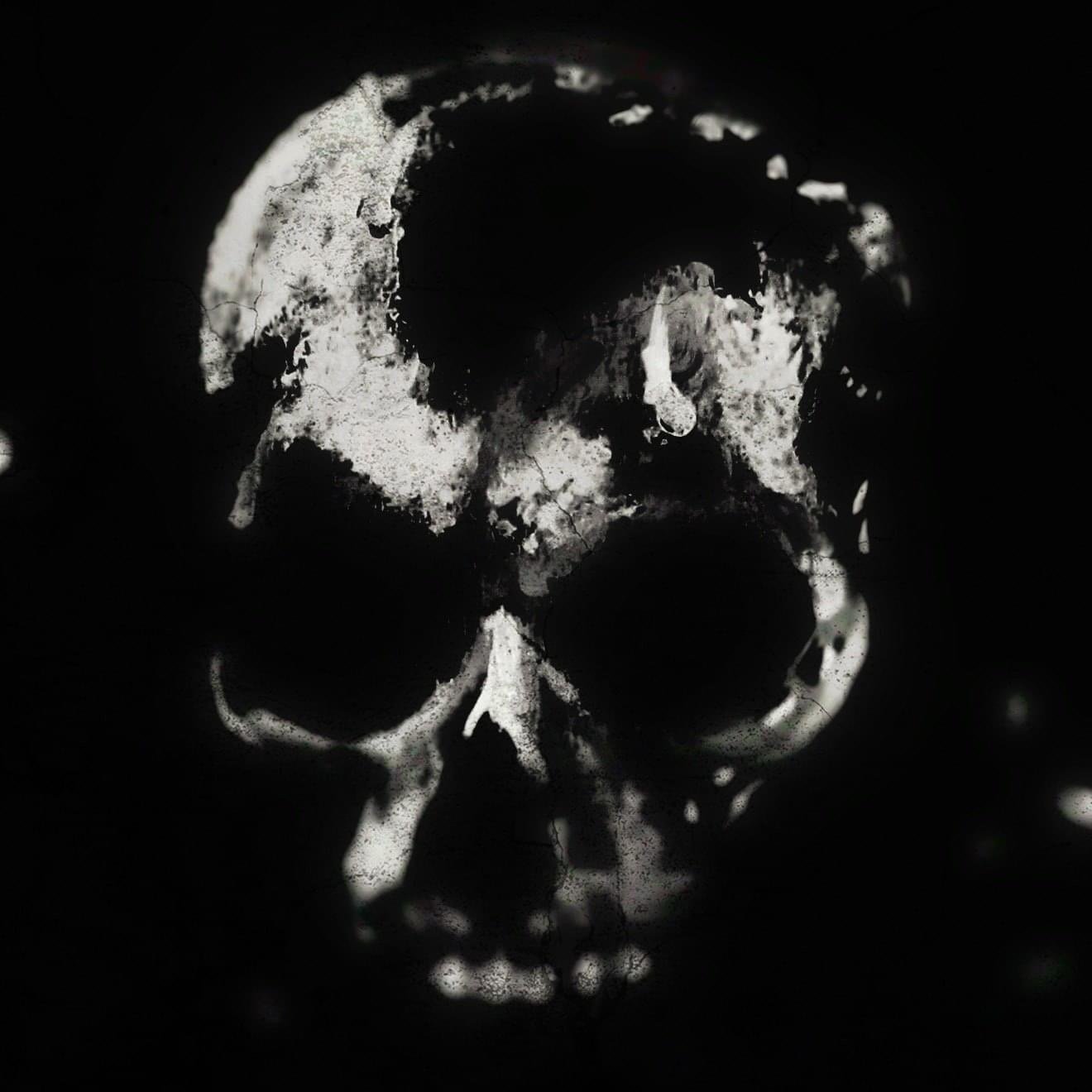The Science of Fear
/Why do we love watching horror movies? What keeps us coming back to horror novels?
For me, I love the thrill. I am not much of a risk-taker in life. I much prefer the safety of keeping my two feet securely on the ground. Horror is my adrenaline rush. But is there a scientific reason to back up this obsession with being scared?
Some scientists believe that a couple of factors can contribute to people’s love of being scared.
Contributors of Fear Enjoyment:
1. The Excitation Transfer Process: While watching a scary movie or reading a horror novel, our heart rate, blood pressure, and breathing increase, which means we are excited. This excitement sticks around after the movie is over or after we have set our novel down. The excitement we feel translates into positive feelings, so we associate being scared with having a good time.
2. Different Wiring: Not everyone feels the same way about being scared. Some people enjoy the adrenaline rush associated with horror films and books, just like there are people who do not enjoy the adrenaline rush from roller coasters and other such activities. We are all wired differently, which is why horror is not for everyone.
3. Novelty: The horror genre can be seen as something that disrupts the routine. It offers viewers or readers something that they normally wouldn’t come across. It would be like when you drive by a car accident and slow down to look out of curiosity.
4. Age and Gender: I am sorry to admit that there is an ample amount of evidence that shows that men prefer the horror genre over women. As a woman, I will admit that there aren’t too many of us horror lovers out there, but I didn’t think there would be such a discrepancy. It is also evident that younger individuals like horror over older ones.
I am not just a fan of the horror genre. I am also in love with true crime. I find serial killers, murders, and all that rather interesting. I watch documentaries, listen to podcasts, and read true crime books. I even love murder mystery shows like Criminal Minds and CSI. Some people find this interesting, considering the fact that most murder victims are women.
So why would I want to indulge in these kinds of things when I could be a victim myself?
Some experts think that if we watch, listen, or read, we can learn to spot possible predators out in the world. Some psychologists believe that people who enjoy being scared and love true crime and horror possess something they refer to as a “protective frame” and has three categories:
Protective Frame Categories:
1. Safety Frame- these individuals understand that whether they are watching, reading, or listening to frightening things, they are doing so from a safe place. They understand that they are in a physically safe place so they can enjoy the scary thing they are consuming.
2. Detachment- people who enjoy horror and true crime are able to detach themselves from what is happening in the movie, book, or podcast.
3. Managing Danger- these people can be confident in the knowledge that they can overcome the danger that they are witnessing
I like to believe that those of us who love being scared are just a very special breed.
So, do you like to be scared?
If you want to know more about the science of fear, check out one of my favourite podcasts that did an awesome job on the topic.
I love to indulge in the dark side of life and party with the monsters under my bed. I have been in love with the horror genre since the age of eleven and haven’t regretted a moment.

































